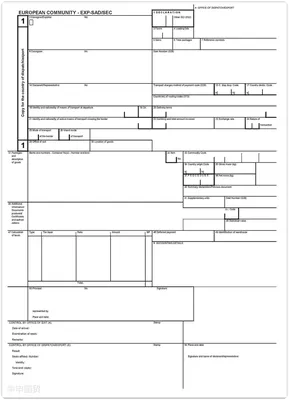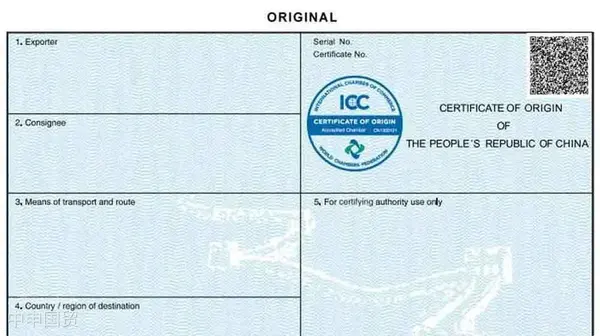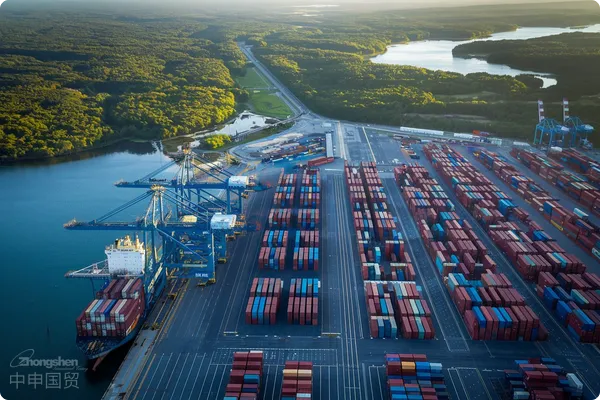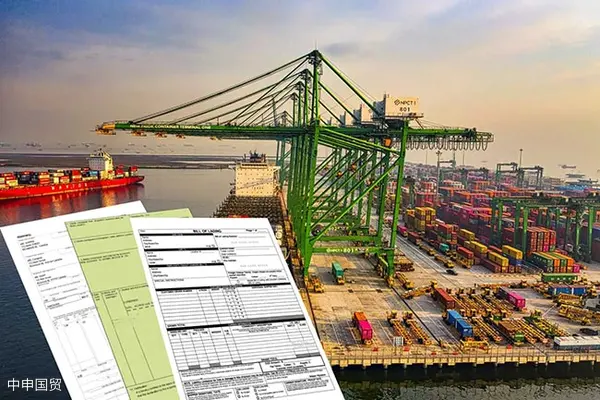- Shanghai Zhongshen International Trade Co., Ltd. - Two decades of trade agency expertise.
- Service Hotline: 139 1787 2118
In the ocean transportation segment of international trade, the EU Entry Summary Declaration (ENS) plays a crucial role, covering the declaration of goods transportation information for imports, transits, transshipments, and other forms. ForNew energyproduct companies, accurately and timely completing and submitting the ENS is a critical step to ensure smooth customs clearance in the EU.

I. Definition and Scope of Application of ENS
(1) Definition
ENS, namely Entry Summary Declaration, is a type of entry summary customs declaration for all goods entering the EU territory.
(2) Scope of Application
Goods involved in imports, transits, transshipments, and other forms entering the EU region, regardless of whether their final destination is within the EU.
(3) Strict Time Requirements
Typically, the ENS must be submitted to the relevant freight forwarder or shipping agent 48 hours before the vessel arrives at the destination port (i.e., 72 hours before departure).
II. ENS Submission Process
(1) Information Preparation
Since customers have a more comprehensive understanding of the goods, they must provide ENS information consistent with the bill of lading to the freight forwarder.
(2) Information Filling and Submission
After completing the ENS, the freight forwarder sends it to the shipping company or agent, who is responsible for verifying it against the bill of lading and subsequent transmission.
(3) Transmission to Destination Port Customs
The ENS will be transmitted to the destination port customs via the shipping company or agent for subsequent customs clearance.
III. Key Considerations for New Energy Product Companies When Filling Out ENS
(1) Provide Complete Company Information
Including the company names, detailed addresses, countries, cities, and postal codes of the shipper, consignee, and notifying party, and providing the EORI number (if available).
(2) Detailed Goods Information
Including container and seal numbers, goods description, packaging quantity and type codes, 4-6 digit HS codes, gross weight (kg), cargo marks, and UN codes for dangerous goods.
(3) Importance of EORI Number
The EORI number is a registration number for economic operators within EU countries, used universally across the EU. Therefore, obtaining and providing the EORI number in the ENS is crucial.
In the globalized trade environment, accurately following the import and customs clearance regulations of various countries or regions is essential to ensure smooth customs clearance. For goods entering the EU, standardized ENS completion and timely submission are particularly critical. Companies must focus on communication and collaboration with freight forwarders and shipping agents, as well as the accuracy of internal information provision, to ensure every international shipment is conducted smoothly and compliantly.

Related Recommendations
? 2025. All Rights Reserved. Shanghai ICP No. 2023007705-2  PSB Record: Shanghai No.31011502009912
PSB Record: Shanghai No.31011502009912










